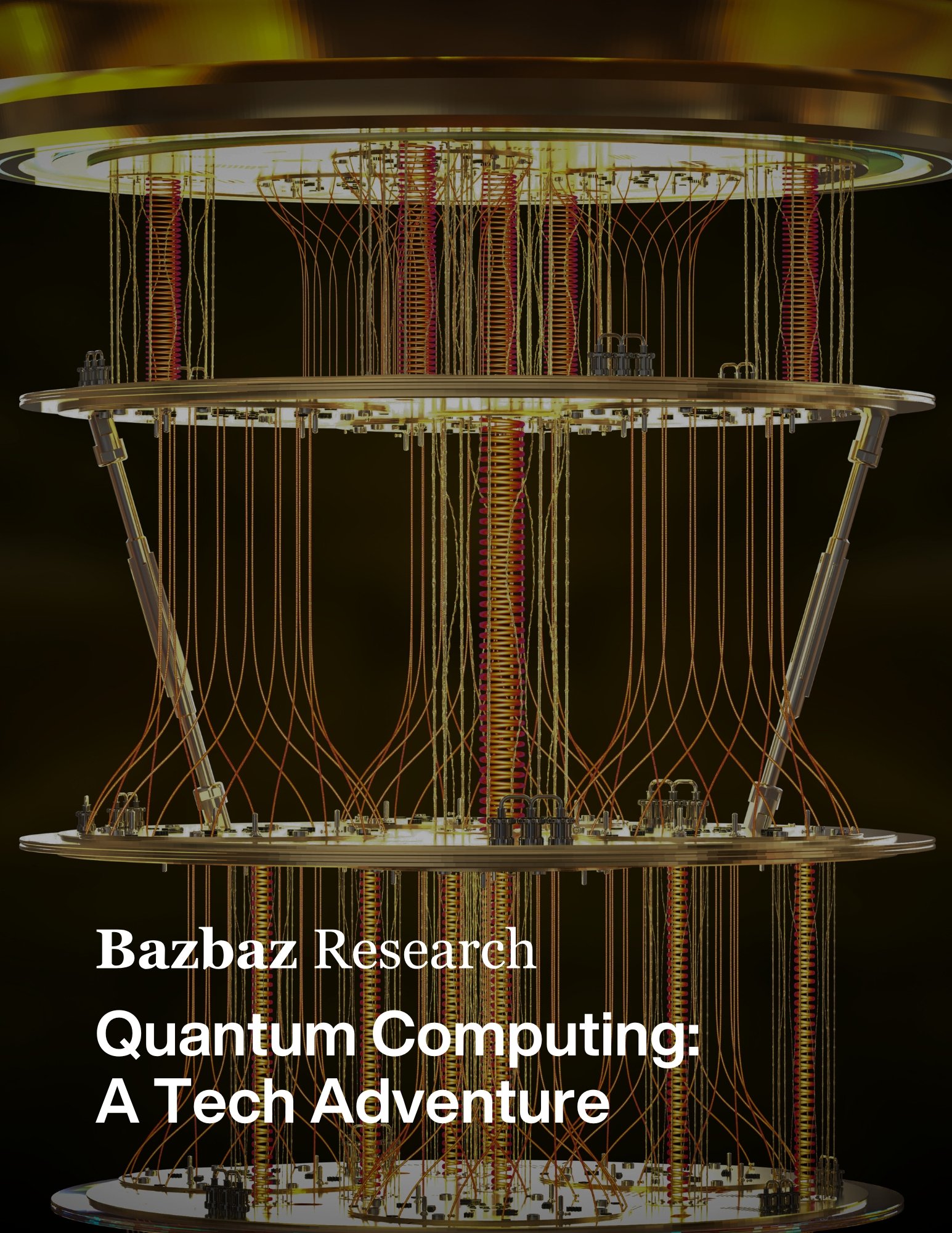Quantum Computing: A Tech Adventure
Quantum Computing: A Tech Adventure
Picture this: every morning, you open your laptop, check a dozen emails, scroll through a news feed, and maybe fire up a spreadsheet or two—all one task at a time. But what if, like a barista who can brew every coffee order simultaneously, your computer could tackle countless tasks all at once? That’s the promise of quantum computing: Instead of working through problems step-by-step, quantum computers explore multiple possibilities at the same time.
This might sound like something out of a science-fiction flick, but the seeds of quantum computing were planted decades ago. In the early 1980s, the legendary physicist Richard Feynman suggested using quantum mechanics to simulate nature—after all, why not build a machine that speaks the universe’s own language?
By 1994, Peter Shor devised a quantum algorithm that, in theory, could break some of the strongest encryption methods we know today. Since then, the field has evolved at breakneck speed, with milestones like Google’s 2019 claim of quantum supremacy—a fancy way of saying their quantum machine solved a problem a classical supercomputer would find practically impossible.
But what exactly is going on inside these machines that seem more at home in a cryogenic sci-fi lab than your IT closet? Think of classical computer bits like on/off switches—each can be a 0 or a 1. Quantum bits, or qubits, are like tiny spinning coins hovering in mid-flip: they aren’t just heads or tails; they’re both, and something in between. This “in-between” state is what gives quantum computers their formidable power, letting them tackle certain problems at breathtaking speed.
Core Concepts
Superposition & Entanglement
In classical computing, a bit is a clear-cut yes or no. In quantum computing, a qubit can be yes, no, and maybe—simultaneously. This mind-boggling phenomenon is called superposition, and it’s like balancing on a surfboard atop multiple waves of possibility at once. When you finally measure (or “look at”) the qubit, it chooses a definite state, but until then, it’s a cocktail of probabilistic outcomes.
Now, add entanglement to the mix, and you get the ultimate odd-couple romance: entangled qubits share a link so mysterious that what happens to one instantly affects the other, even if they’re separated by oceans. Albert Einstein famously called this “spooky action at a distance.” Think of it as a cosmic invisible string tying them together—give one a tug, and the other reacts.
The Quantum Treasure Hunt
Imagine you’re in a massive treasure maze. A classical computer tries one path, hits a dead end, then backtracks, then tries another path. Painfully slow. A quantum computer, meanwhile, explores all paths at once. It doesn’t need to backtrack—it sort of “feels out” all routes simultaneously and zeroes in on the treasure in a fraction of the time.
Picture two coins spinning in the air.
Classical bit: A coin resting heads-up or tails-up on a table.
Qubit: A coin spinning so fast it’s both heads and tails at once—until you grab it.
Current State & Recent Developments
Fast-forward to 2023-2024
Quantum computing is no longer just a lab curiosity. Over the last couple of years, major players—like IBM, Google, and emerging startups such as IonQ and Rigetti—have been racing to build bigger, more stable quantum processors. In 2023, IBM demonstrated a quantum chip with over 1,000 qubits, pushing toward error-corrected quantum systems. In 2024, improvements in quantum error correction—a technique for reducing those pesky quantum “flips” and “flops”—brought us closer to scalable, commercially viable quantum machines.
Did you know:
Quantum computers operate at near absolute zero temperatures, colder than deep space.
Today’s largest quantum computers have fewer qubits than a 1980s calculator had bits, but their “weirdness” grants them unique capabilities.
A quantum computer recently performed a task in 200 seconds that would take the world’s fastest supercomputer thousands of years (per the 2019 quantum supremacy claim).
Real-World Use Cases
Cryptography: Post-quantum cryptography aims to create encryption that even quantum computers can’t break.
Optimization: Companies are using quantum algorithms to improve everything from traffic control to supply chain management. Imagine fewer delays, less waste, and more efficient routes.
Materials & Drug Discovery: Quantum simulations can help researchers model complex molecules, potentially speeding up drug development and unlocking new materials for batteries and solar panels.
By 2030, the quantum computing market could surpass $100 billion, according to various industry reports. That’s a big number, but not surprising when you think about the potential impact across finance, healthcare, logistics, and beyond.
Future Implications & Closing
Peering into the Quantum Horizon
As quantum computing matures, brace yourself for a wave of innovation across industries. In finance, algorithms may price risk in real-time, drastically cutting costs. Healthcare could see breakthroughs in precision medicine, designing tailored treatments molecule-by-molecule. Manufacturing and Logistics might optimize global supply chains in ways we can’t yet imagine. And that’s just the tip of the quantum iceberg.
But with great power comes great responsibility—especially in data security. The same technology that could decrypt classical encryption might also bolster security with unhackable quantum cryptographic methods. Will we see new regulatory frameworks? Will quantum become the ultimate cybersecurity arms race? The questions are as open as a qubit’s state.
Did You Know?
Some companies are already offering “quantum-as-a-service” platforms, letting businesses experiment with quantum algorithms in the cloud. It’s a quantum sandbox for the curious and ambitious.
A Playful Nudge to Act
You don’t need to be a physicist to join this unfolding saga. Consider exploring quantum-related courses online, reading up on post-quantum cryptography (a hot topic at Big 4 cybersecurity practices), or even experimenting with quantum programming frameworks some tech giants provide freely. As quantum computing leaps forward, staying curious and informed might just be your secret advantage.
In a world where data crunching happens faster than you can blink, how will you use this technology? The choice is yours.

